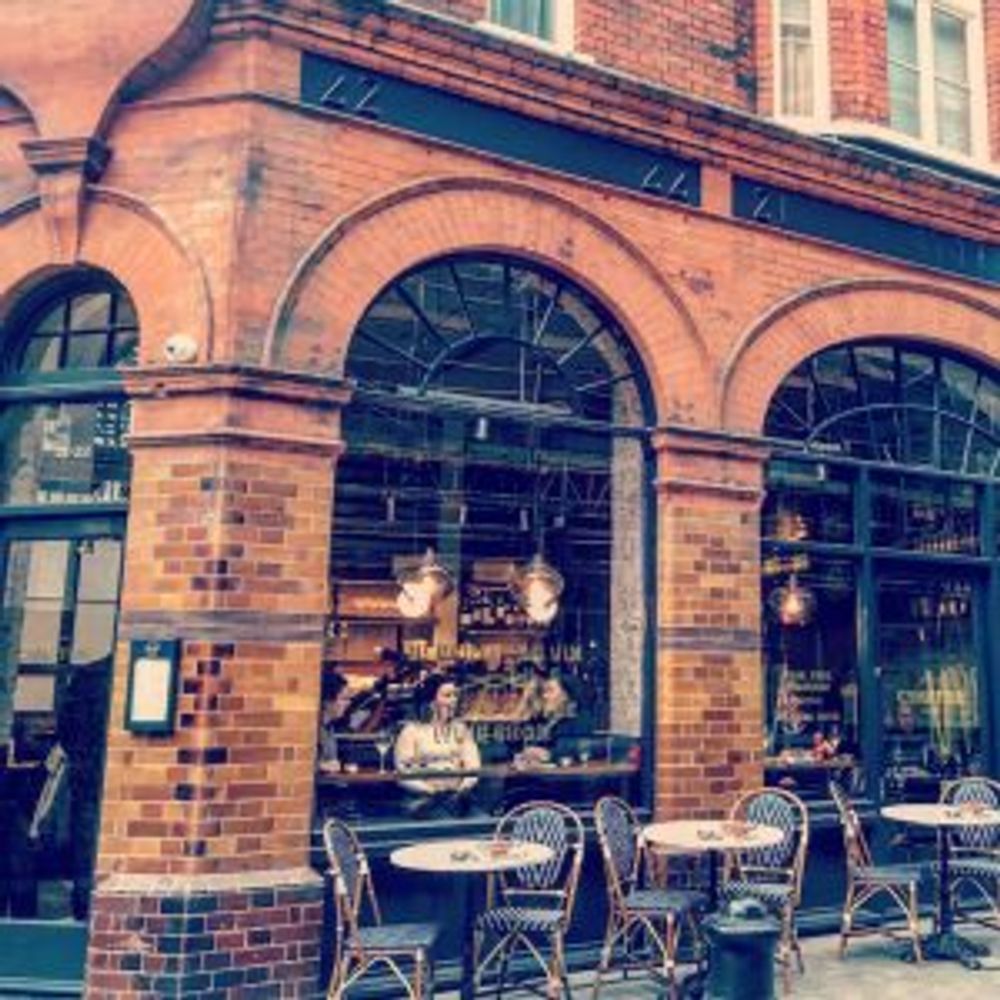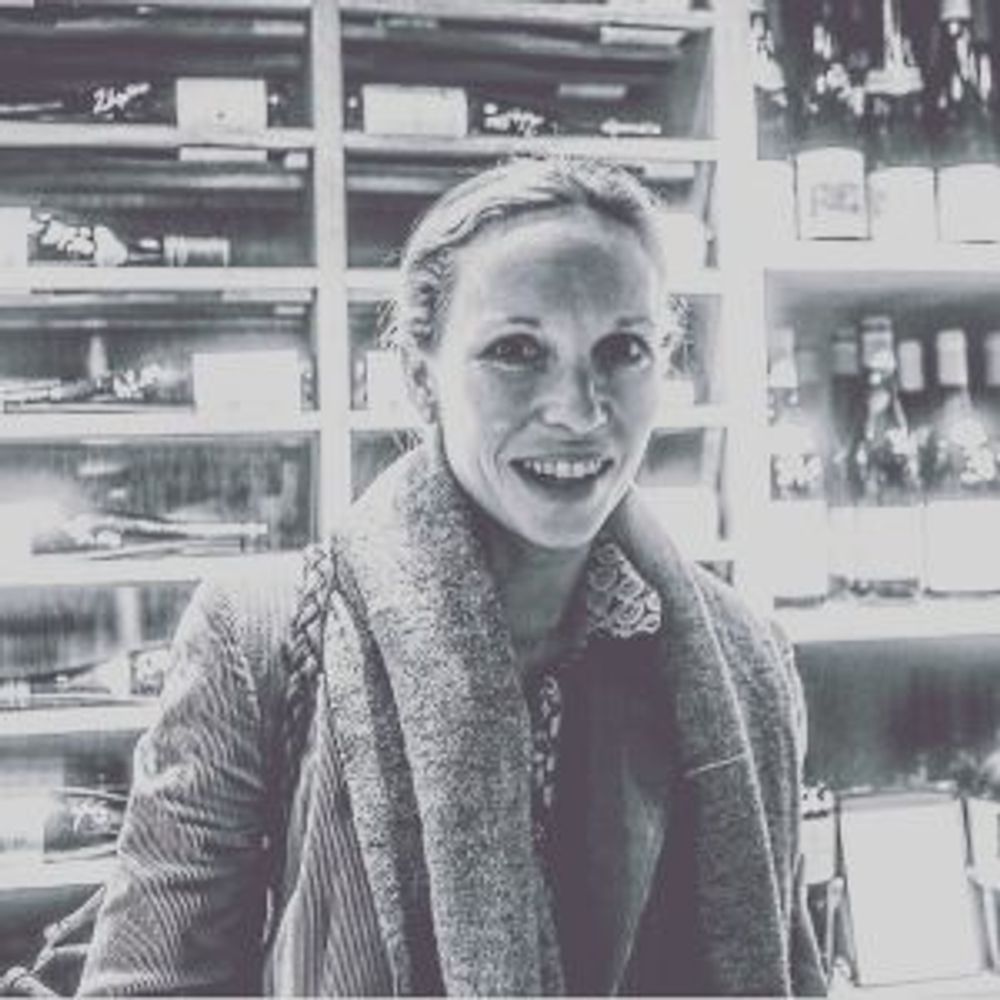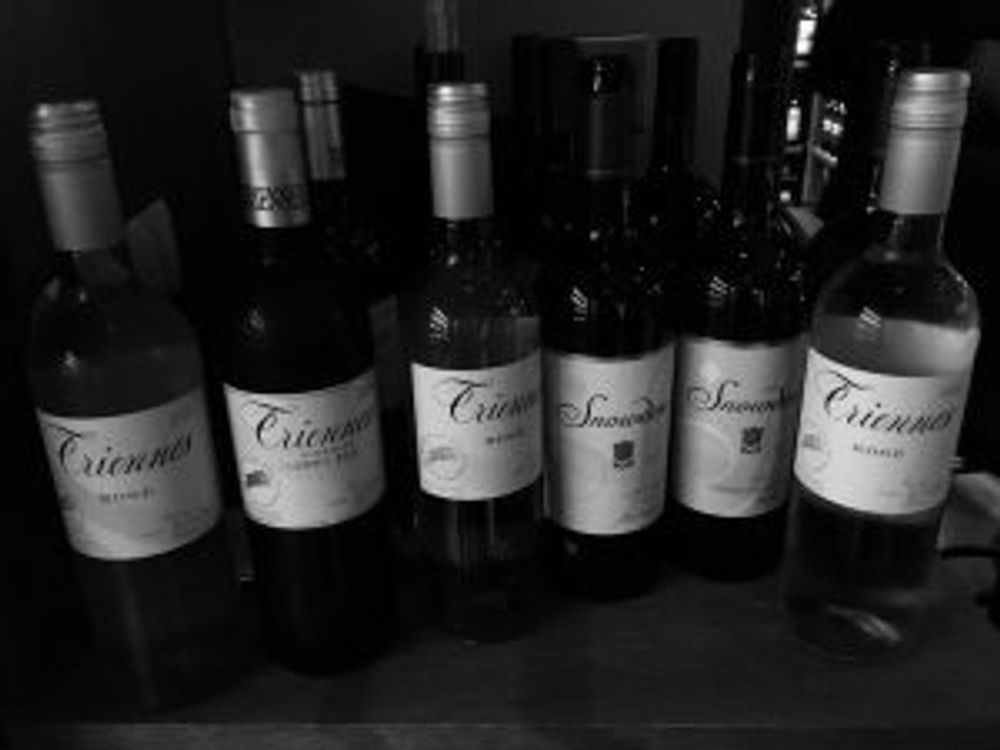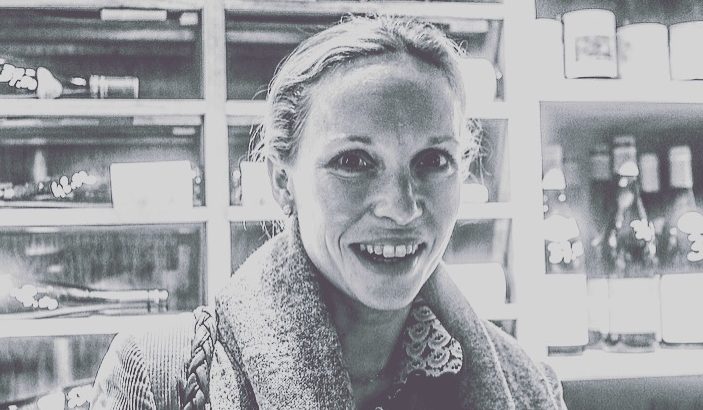After seven years at the helm, Diana Snowden Seysses fully converted her family vineyards to organics in 2012 and practises biodynamics, allowing the terroir to fully enter the wine.

Café Comptoir and Wine in Mayfair
Café Comptoir and Wine in Mayfair, London, Xavier Rousset MS’ second Comptoir that opened this April, is a new Bond Street venue for wine, small plates and coffee, that is reminiscent of a bistro you’d be more likely to find on Rue des Francs Bourgeois in Le Marais than in London. It is wonderfully French with a relaxed atmosphere that has been authentically created in the way that only the French can, providing the ideal pause from the busy Londoner’s day-to-day life, in an area that previously has lacked a good wine bar.
Downstairs you will find a truly phenomenal bottle shop with shelves upon shelves of wines any wine lover would dream of cellaring, including a rare bottles room featuring hard-to-find producers and old vintages.
A winemaker tasting with Diana Snowden Seysses
In addition to stocking a library of fine wine, it also doubles up as a private room or events space. I headed along to one of their winemaker dinners to meet Diana Snowden Seysses who is the winemaker at Snowden Vineyards, situated on the eastern slopes of Napa Valley.
Seysses actually grew up in Napa, in Rutherford, where her grandparents bought vineyards. She entered the world of wine when she did her first harvest as a sugar sampler at Mondavi, loving being outdoors and immersed in the realm of farming. She enrolled in California’s UC Davis and graduated with a B.S. in Viticulture and Enology in 2001. She gained experience with multiple wineries, such as Calistoga, La Fleur de Bouard, Leflaive and Dujac, where she met her now husband, Jeremy Seysses.

Until 2005, Snowden Vineyards sold their fruit. Seysses took the helm as winemaker in the 2005 vintage together with consultant David Ramey, of Ramey Wine, whose phenomenal Chardonnay I wrote about here.
Diana does things differently. When working with Dujac in 2003, Diana became captivated by organic and biodynamic viticulture.
“This is where I became obsessed with terroir. For me, this means practising organics and biodynamics. The soils need to thrive. The root system has a symbiotic relationship with the soil. If you use fungicides on the plant, it kills off part of the vehicle for the terroir to enter the vine.”
This raw, matter-of-fact passion instilled in Seysses made me dwell on viticulture. This ardour for biodynamics is universal amongst winemakers who work in this manner, and stems from the rewards they see not only in their wine, but also in the happiness and healthiness of their vines. Of course there are difficulties; speaking with Fabien Duperray of Jules Desjourneys this week I discovered his yields in 2015 were a mere 9hl/ha, but the wines are so exceptional, and so full of energy, that this is a necessary hurdle to overcome.
Thinking back to Seysses’ thoughts on biodynamics, ‘symbiosis’ is a word derived from Greek, which means ‘living together.’ In a vineyard, one must respect the life amongst the vines, and instead of killing off the ecosystem, work to improve the natural immune system of the vines. This means commencing with organics.
It took Seysses until 2012 to persuade her family to practise organics. The main difficulty with this is the cost – to manage a vineyard organically is significantly more expensive, and a lot of human effort. Seysses estimates working with roundup to cost approximately $800 per annum, whereas working organically would cost circa $32,000. This is understandably a huge investment.
The Snowdens’ vineyards are ere the wines situated on volcanic ash soils, rich in phosphorus as a result of Mount Helena’s eruptians. One can still find glass created by the volcano in the earth, as well as Obsidian hunting arrowheads from the Native American Indians. The domaine lies touching both the Rutherford and St. Helena appellations, and the Howell Mountain appellation is a few hundred yards away. The vineyards are planted well above the valley floor, with protection from temperature extremes.
So how were the wines?
We tasted three wines from Snowden Vineyards, as well as the Viognier and rosé from Domaine de Triennes, the Provence winery founded by Diana’s father-in-law Jacques Seysses and Aubert de Villaine of Domaine de la Romanée-Conti. This 40-hectare domaine has cool nights and a slow ripening period producing elegant fruit. Diana consults on the winemaking, particularly for the red, in order to produce more terroir-expressive results using indigenous yeasts. The domaine is Ecocert certified, and the St. Fleur Viognier has been certified Biodynamic since 2011.

2016 Viognier Sainte Fleur, Triennes, IGP Méditerranée
Bright citrus and fresh peach nose with a lifted white flower edge, a lovely mineral-coating palate and a fresh vibrant finish of green apple and fresh apricot, with an impressive length and some subtle spice notes. A lovely example of the grape, (of which there are not enough).
2016 Triennes Rosé, IGP Méditerranée
Predominantly from Cinsault, with the remainder from Grenache, Syrah and Merlot. A fresh, crisp rosé that when drunk with eyes closed is entirely evocative of summer nights. A pretty wine, with light raspberry and cranberry notes with lots of zing and a crunchy finish. As Diana says, “this wine should be crisp and fun.” And it is.
2012 Merlot, Snowden Vineyards, Napa Valley
From the time she spends in Burgundy, Seysses has honed her skills as a single varietal winemaker and thus puts a lot of energy into this wine. Speaking of fruit, terroir and expression, Seysses explains “there is an aesthetic war in Napa – food wines versus fruit bombs.” Her wines most definitely fall into the primary category, as sophisticated, elegant wines of finesse.
NOTES – the Merlot sees 35% new oak, but this is nearly unnoticeable and masterfully integrated. The wine has a lovely graphite quality on the nose, which I find less commonly in Merlot (more often with Cabernet Franc), but perhaps this is due to other winemakers ‘pushing’ Merlot too far. Seysses’ Merlot is subtle and refined, with lovely violet, rose and underripe blackcurrant aromas. On the palate, there are more fresh blackcurrants, fresh plums, liquorice and a perfumed almost menthol finish, with subtle fresh tobacco.
2013 Cabernet Sauvignon The Ranch, Snowden Vineyards, Napa Valley
NOTES – A lovely bold, juicy nose of blackberries, blueberries, black cherries and cherry stones. On the palate, it is still quite tight and tense, with a lovely chalky mineral texture to it, with the fruit notes being joined by some subtle herbal characters of fresh thyme. The wine has a phenomenal length and real finesse with silky tannic structure.
2010 Cabernet Sauvignon, Snowden Reserve, Snowden Vineyards, Napa Valley
NOTES – A gorgeous, heady, perfumed nose. Again, the graphite quality shines through, but here it is more leady and darker; more broody in a sense. On the palate, there are blackberries and nutmeg, with cedar and bright blackberry stalk. The texture is smooth but with broad shoulders; a wine of youthful exuberance but beginning to open up with some forest and mulch notes on the finish. It has a fine texture and such freshness on the finish, with subtle lavender lifting the fruit.
They are refined, restrained expressions of Cabernet, which most definitely do not fall into the big, OTT Cabernet category that Napa has become famous for. Chatting about this with Seysses, she said, “I make left field wines, like making Cabernet for people who don’t like Cabernet.” By this, she means they aren’t over-blown fruit bombs. They are terroir-mirroring wines; wines that are built to age and to develop. I would love to come back to these wines in ten years’ time.
“I want to make heart stopping, interesting wine,” Seysses continued.
It is evident she does just that, and with just 12 years at the helm, she has already achieved extraordinary results. I am very much looking forward to seeing what the future holds for her.










































